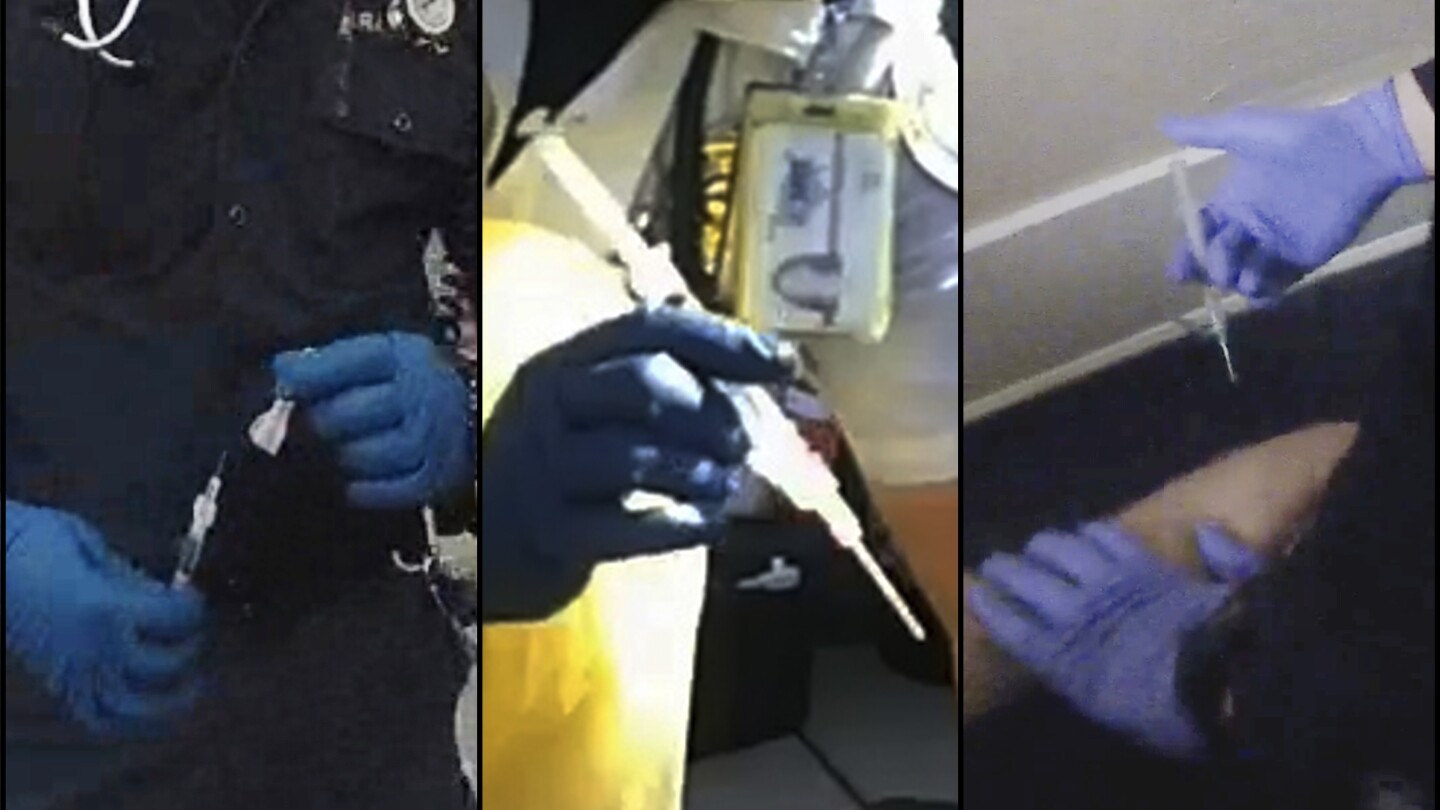Demetrio Jackson was desperate for medical help when the paramedics arrived.
The 43-year-old was surrounded by police who arrested him after responding to a trespassing call in a Wisconsin parking lot. Officers had shocked him with a Taser and pinned him as he pleaded that he couldn’t breathe. Now he sat on the ground with hands cuffed behind his back and took in oxygen through a mask.
Then, officers moved Jackson to his side so a medic could inject him with a potent knockout drug.
“It’s just going to calm you down,” an officer assured Jackson. Within minutes, Jackson’s heart stopped. He never regained consciousness and died two weeks later.



My buddy was an EMT for about a decade, and point blank told me that his training included when and how to tell cops no. It wasn’t a hard training course like something in a textbook, but it was a soft training course from all of the more experienced EMTs who he shadowed. And as he got more experience and began having new EMTs shadow him, he began to see why it was so important to teach. Every single one of them had stories about times they had to protect their patients from the cops by hiding them inside the ambulance, and times that the cops wanted them to do blatantly illegal and dangerous things to their patients.
Again, it wasn’t a hard written lesson, but every EMT he shadowed had an entire “hey uhh this is an uncomfortable conversation, but we’re heading to a scene where cops are already pissed. We may need to get between them and a patient” monologue. And every single one of them was completely stone-faced when giving said monologue. EMTs have some dark humor to cope with the shit they see, but that really wasn’t present here. It was always a very serious “just so you know, your duty is to the patient; Not to the police.”